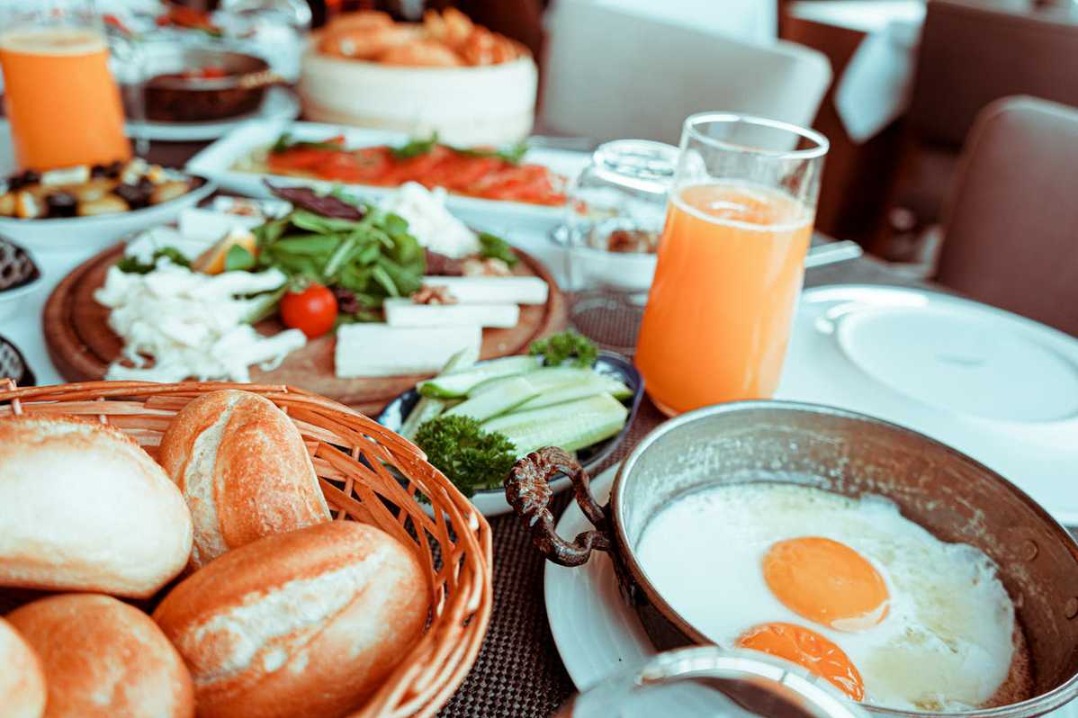老外在中国:我和筷子不得不说的故事
China Daily 2018-07-21 17:00

几十年前我就可以熟练使用筷子。中国人看到我这个老外用筷子会非常惊讶,以前我还觉得这很搞笑,但如今他们大惊小怪的反应让我心里有点不舒服。

You’ve got to hand it to the Chinese. Chopsticks, a clever tool indeed, provide a convenient way to eat an amazing range of foods, extending way beyond Asian cuisine.
筷子是中国人的专属餐具。这种实用的工具可以轻松夹住各种各样的食物,而且不仅仅局限于亚洲美食。
I’ve handled them deftly for decades. While it used to amuse me, it mildly annoys me now that Chinese react with such fuss and astonishment to see a foreigner handle them — as if someone from a country that put a man on the moon would somehow be incapable of maneuvering two simple sticks.
几十年前我就可以熟练使用筷子。中国人看到我这个老外用筷子会非常惊讶,以前我还觉得这很搞笑,但如今他们大惊小怪的反应让我心里有点不舒服。好像在他们看来,美国人有能力完成登月,却不知为何就是用不好两根筷子。
My first exposure to chopsticks came way back in the 1960s via the elementary piano tune known as Chopsticks, which prompted my inquiry as to what the word meant. Not long afterward, my parents introduced me to Chinese food at King Fong Cafe in Omaha, Nebraska, which, I only learned recently, was among the landmarks of the heartland city’s once-thriving Chinatown in the early 1900s. (The restaurant’s owner personally brought the teak furniture and other decor by boat from what is today’s Guangdong province.)
我第一次接触筷子是在20世纪60年代,当时我听到一首初级钢琴曲《 Chopsticks》,我很好奇这个单词是什么意思。不久之后,我父母带我去了内布拉斯加州的中心城市奥马哈的King Fong Cafe。我最近才知道,这家餐厅是这条唐人街的地标之一,这里在20世纪初曾繁荣一时。(这家餐厅的柚木家具和其他装饰小物都是通过海路从广东省运到美国的。)
As you can see, China’s influence stretched far and wide long before opening-up in the late 1970s or today’s Belt and Road Initiative. So the notion that most foreigners cannot use chopsticks is, simply put, fiddlesticks. (And, to be honest, I have never once in my long life seen a Westerner marvel that a Chinese person can wield a spoon and fork properly.)
正如你所了解到的一样,中国对世界的影响源远流长,在20世纪70年代末的改革开放政策或现在的“一带一路”倡议之前就已经开始了。所以“多数外国人不会用筷子”的这个观点是错误的。(此外,说实话,到目前为止我活了这么多年,还没有见过哪个西方人惊叹于中国人会正确使用勺子和叉子。)
In fact, I have undergone special kuaizi training (improving dexterity, for example, by constantly picking up peanut kernels when I lived with my Chinese tai chi master) and experimentation (exploring the use of chopsticks to snap up popcorn and donuts; I’m working on ice cream).
事实上,我确实进行过一些特殊的训练和实验。比如,在我和我的中国太极拳师傅一起生活时,我会经常用筷子夹起花生仁,来提高使用筷子的灵活性;我还尝试过用筷子夹爆米花和甜甜圈;现在,我的实验对象换成了冰淇淋。
But there’s one Western food for which chopsticks are truly a godsend: salads. After moving to China in 2014, I bought a salad at a convenience store, and the clerk handed me kuaizi. I balked at first, but then thought, “What the heck” and gave it a whirl.
但对一种食物西方——沙拉,筷子简直就是为它而生的。2014年,我来到中国生活,有一天我在一家便利店买了份沙拉,店里的服务员给了我一双筷子。起初我还有点犹豫,但后来转念一想“管他呢!”,不如就用筷子试试吧。
Amazingly useful! I could pick and choose each morsel much more carefully, without having to fumble about trying to spear the crispy lettuce or cherry tomato and then maneuver it mouthward.
结果筷子出奇的好用!我可以更仔细地挑选每一口食物,不用笨手笨脚地去叉起脆脆的生菜或者是小西红柿,再送进嘴里。
Another clear advantage of these simplest of implements is that they regulate the pace and volume of eating. It’s much harder to “pig out” by shoveling food with chopsticks than with a fork and spoon.
这种最简单的餐具还有另外一个明显的优点,那就是帮助人们控制进食的速度和分量。相比于叉子和勺子,用筷子夹一大口菜真的很难。
However, in the spirit of globalization, let’s not overlook the finer points of knife and fork, for example when eating steak or, much more likely, pizza. (Most Westerners, by the way, eat the latter using an even simpler tool — their fingers — and definitely without ketchup.)
不过,本着全球化的精神,我们也不要忽视刀和叉的用处。比如,在吃牛排或者披萨时。(顺便说一下,大多数西方人在吃披萨时更简单粗暴,直接用手拿而且不蘸番茄酱。)
The trick to tackling a steak or pizza using knife and fork is to do something counterintuitive: Switch hands. If you’re a “rightie”, hold the fork in the left hand to spear and anchor the steak or pizza slice, which allows you to use your right hand to more skillfully and powerfully cut with the knife.
用刀叉处理牛排和披萨的过程其实是与人的肢体直觉相反的,即换手操作。比如,如果你习惯使用右手进行各种日常活动,那你需要左手握叉戳住牛排和披萨,将它们固定住。这样就可以用更有力量更灵活的右手握刀切牛排。
In fact, a handy thing about the fork is that everyone is basically ambidextrous when using one. I venture to say that, for Chinese and foreigners alike, switching hands while using chopsticks is not so readily done with aplomb.
事实上,叉子的方便之处在于一般来说人们的两只手都能灵活使用它。恕我冒昧地说,不管是中国人还是外国人,换手用筷子都并非易事。
英文来源:“CHINA DAILY”微信公众号
翻译:余桐欣(实习)
编审:董静 丹妮
音频编辑:焦洁
更多内容请关注“CHINA DAILY”微信公众号:

About the author & broadcaster
James Healy is from the United States and has been a copy editor at China Daily since 2014. He is an advanced student of Chen style tai chi and enjoys Chinese culture, food and carvings.

















 英语点津微信
英语点津微信 双语小程序
双语小程序